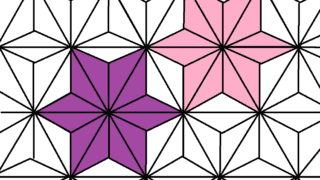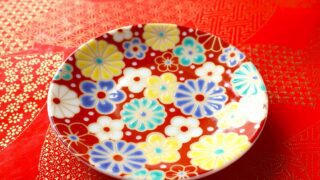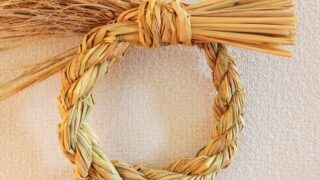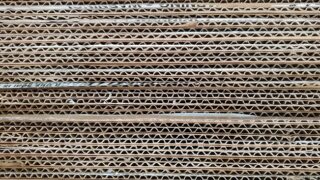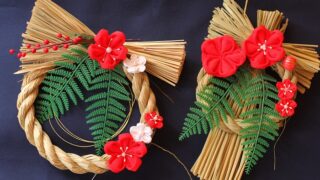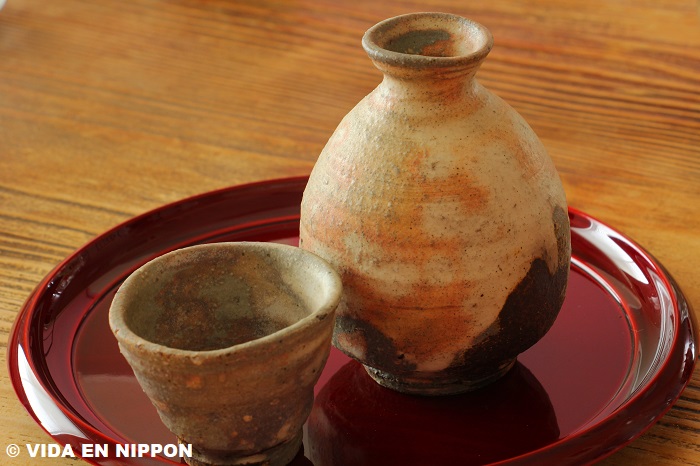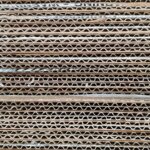Japanese culture is filled with intricate customs, and one of its most fascinating aspects is the variety of sake cups, known as sake vessels. These vessels, or sakazuki, are not just tools for drinking sake; they are integral to the overall experience, enhancing the flavor, aroma, and presentation of the drink. In this guide, we’ll explore the different types of sake cups, from the popular ochoko to the elegant guinomi, and look at which ones are favored by both Japanese locals and foreign visitors.
Types of Sake vessels
Ochoko : The Classic Small Cups

The ochoko is the most commonly used sake cup in Japan. These small cups are typically made from ceramic, porcelain, or glass, and are designed to hold small amounts of sake, allowing the drinker to appreciate each sip. The word ochoko refers to these small, easily gripped cups, and while they may come in various designs, their main function remains the same: to enhance the sake drinking experience by serving it in small, manageable amounts.
Tokkuri: The Traditional Sake Carafe
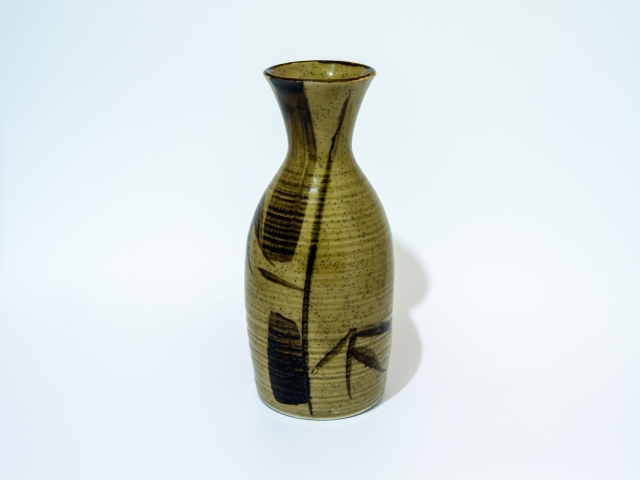
A tokkuri is a carafe used to pour sake. Typically made of ceramic, porcelain, or glass, the tokkuri is designed to maintain the sake at the desired temperature, whether warm or cold. When dining at a Japanese restaurant, you may notice the tokkuri being used to serve sake, either by the host or passed around to guests.
Sakazuki: The Ceremonial Cup
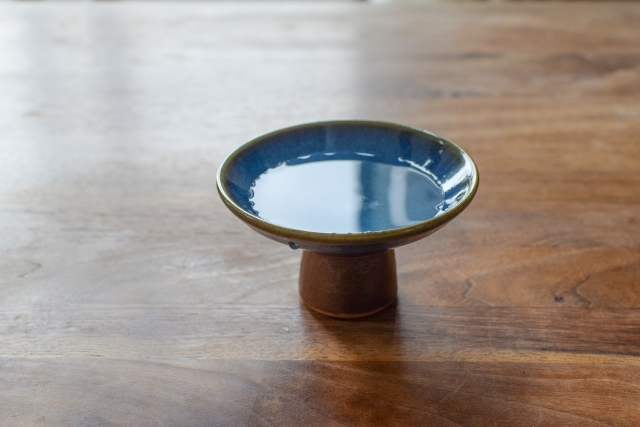
A sakazuki is a wide-mouthed, shallow cup often used in traditional ceremonies, such as weddings and New Year celebrations. Sakazuki are usually crafted from lacquer or precious metals, giving them an air of sophistication and elegance. These cups are often used in formal settings where sake is shared as part of a ritual or celebration.
Guinomi: The Larger Sake Cup
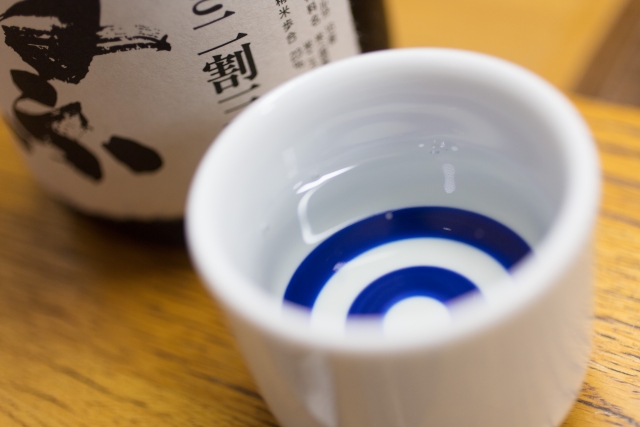
The guinomi is a larger sake cup, allowing the drinker to enjoy a more generous amount of sake. The word guinomi translates roughly to “drink in one gulp,” though in practice, it is used to savor sake more leisurely. Guinomi cups are often handcrafted, with unique designs that reflect the artisan’s personal style. They are made from a variety of materials such as ceramic, porcelain, glass, and even metal, and their larger size allows the drinker to fully appreciate the aroma and flavor of the sake.
Popular Sake Cups Among Japanese Locals
Ceramic Ochoko
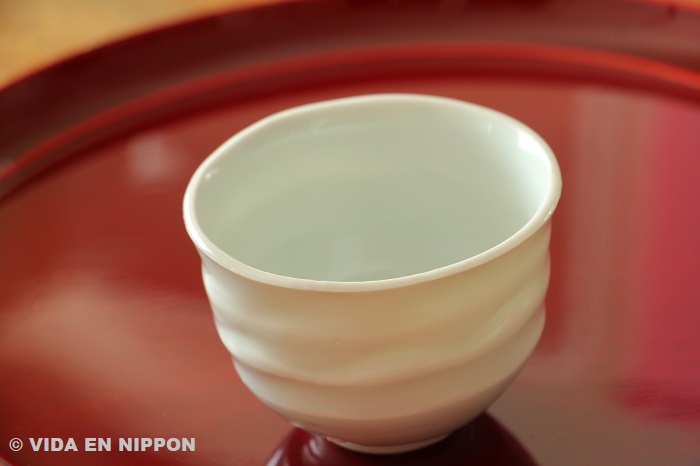
Ceramic ochoko are highly favored by Japanese locals due to their handcrafted feel and rustic charm. Each cup is unique, adding to the experience of drinking sake. Many people prefer ceramic because it gives the drink a warm, homey feel, making it an excellent choice for both casual and formal settings.
Glass Sake Cups for a Refreshing Summer Drink

During the warmer months, glass sake cups become more popular, especially for drinking chilled sake. The clarity of the glass adds to the aesthetic appeal, enhancing the overall experience. Glass cups are also perfect for observing the clarity and color of the sake, making them a great choice for tasting sessions.
Wooden and Lacquer Sakazuki
Wooden and lacquer sakazuki are often used for special occasions such as weddings or formal gatherings. The smooth texture and vibrant finish of lacquerware elevate the experience, making the sake feel more refined. These traditional cups are often seen in ceremonies and celebrations, where they symbolize elegance and tradition.
Sake Cups Popular with Foreign Tourists


I will introduce some products in Rakuten Ichiba.
Rakuten has “Global Express service”.
Please check the official website for more detail.
Design-Driven Sake Cups

Foreign visitors often appreciate sake cups with modern designs. These cups combine Japanese tradition with contemporary style, creating pieces that are both functional and artistic. Sleek, minimalist cups or those with intricate patterns tend to attract tourists looking for a stylish souvenir that reflects Japanese craftsmanship.
Traditional Craft Sake Cups

Many tourists are drawn to cups made using traditional Japanese craftsmanship, such as Arita or Kyo-yaki pottery. These cups are often hand-painted with delicate designs, representing centuries of Japanese art and tradition. They make for excellent souvenirs and are often cherished as both functional items and art pieces.
Contemporary Art Sake Vessels

Recently, sake vessels with modern art influences have been gaining popularity among tourists. These cups blend traditional techniques with modern aesthetics, offering a fresh take on sake drinking. They are often seen as collectible items, perfect for showcasing Japanese art in a functional form.
Q&A about Shuki (Japanese sake vessels)

- QWhat is the difference between an ochoko and a guinomi?
- A
The main difference between an ochoko and a guinomi is their size. An ochoko is smaller and designed for sipping small amounts of sake, while a guinomi is larger and allows for a more generous pour. A guinomi is typically used when the drinker wants to savor the sake more leisurely.
- QShould I use different sake cups depending on the season?
- A
Yes, the type of sake cup can enhance the experience depending on the season. In summer, glass cups are popular for chilled sake, as they provide a refreshing visual and tactile experience. In winter, ceramic or wooden cups are preferred for warm sake, as they retain heat better.
- QWhat are some popular sake cups among foreign tourists?
- A
Foreign tourists often appreciate cups with unique designs, whether they are modern and sleek or reflect traditional Japanese craftsmanship. Arita and Kyo-yaki pottery cups, as well as contemporary art-inspired vessels, are particularly popular.
- QCan I use sake cups for drinks other than sake?
- A
Yes, sake cups can be used for other beverages, including shochu or even non-alcoholic drinks like tea. Some people also collect sake cups as decorative items due to their beautiful designs.
- QWhat should I consider when choosing a sake cup?
- A
When choosing a sake cup, consider the temperature of the sake and the ambiance you want to create. For chilled sake, glass is ideal. For warm sake, ceramic or wooden cups work best. Also, think about the design and how it matches your personal taste or the occasion.
Conclusion
Sake vessels play an essential role in enhancing the experience of drinking Japanese sake. Whether it’s the small and simple ochoko, the more generous guinomi, or the elegant sakazuki, each vessel brings its own charm and purpose. Japanese locals often favor handcrafted ceramic or wooden vessels, while foreign tourists are drawn to design-driven and traditional craft cups. By choosing the right sake cup, you can not only elevate your drinking experience but also gain a deeper appreciation for the cultural artistry that goes into each vessel.
Whether you are a sake enthusiast or a curious traveler, selecting the perfect sake cup can transform an ordinary drink into a memorable cultural experience.



